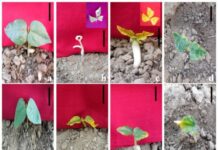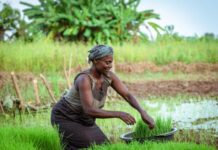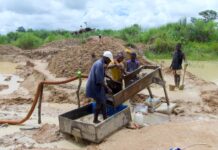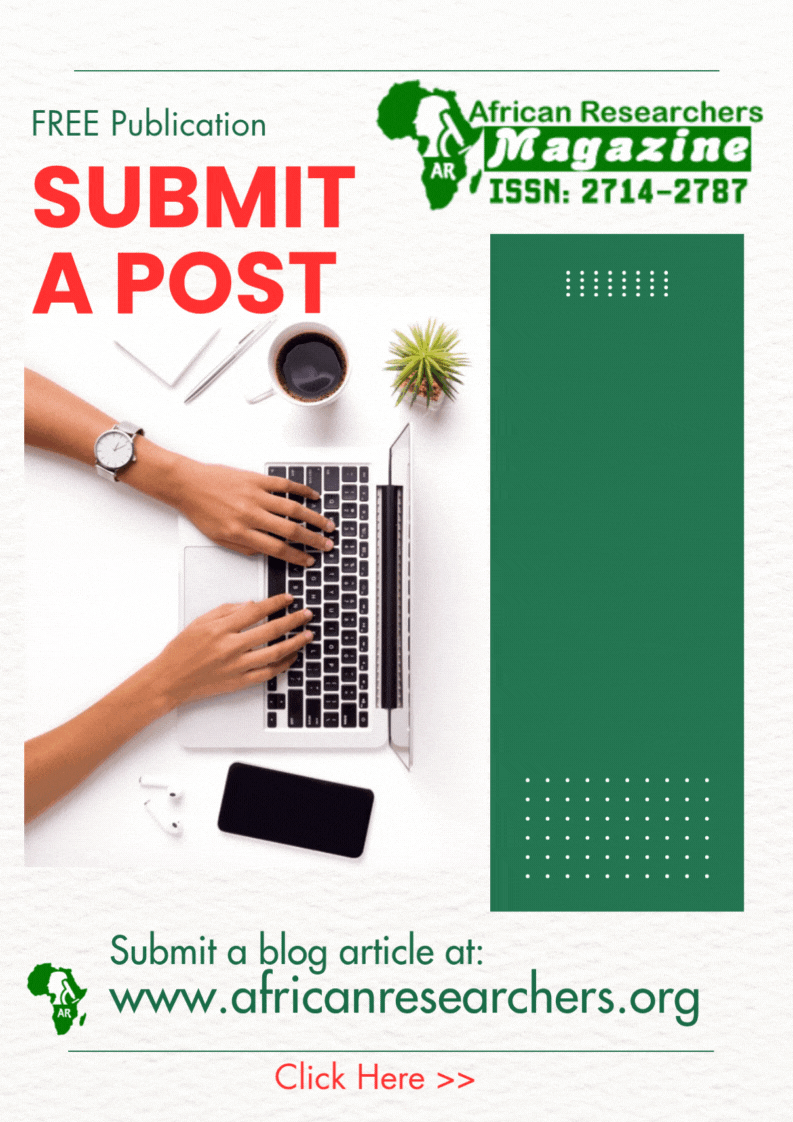A recent study by Akintayo et al. (2024) titled “The dynamics of language shifts in migrant communities: Implications for social integration and cultural preservation” published in the International Journal of Applied Research in Social Sciences shows that proficiency in the dominant language facilitates social integration by enhancing access to employment, education, and public services.
“
Migrants adopting the dominant language enhances integration but risks heritage language loss, impacting cultural identity, cohesion, and diversity preservation.– Akintayo et al. 2024
The article explores the phenomenon of language shifts within migrant communities. It examines the social and cultural implications of adopting a new dominant language while maintaining heritage languages. The study delves into how these dynamics impact community cohesion, identity, and intergenerational communication. The paper discusses the role of educational and social policies in supporting multilingualism and cultural diversity as assets in the integration process. It highlights the complex linguistic adaptation process influenced by historical contexts, socio-economic conditions, and government policies. The phenomenon of language shift, where migrants gradually adopt the dominant language of the host country while potentially losing proficiency in their native language, is a fundamental aspect of this adaptation process. The article also addresses the challenges of linguistic assimilation, such as discrimination, linguistic barriers, and feelings of alienation, and the erosion of native languages within migrant communities. It emphasizes the importance of language policies and educational initiatives in shaping language dynamics and supporting the preservation of linguistic diversity and cultural heritage.
How the Study was Conducted
The authors employed an extensive review of existing literature on language shifts, social integration, and cultural preservation to frame their study within the broader academic context. In-depth interviews were conducted with migrants from various communities to gather personal narratives and insights into their experiences with language shifts. These interviews provided rich, qualitative data on the social and cultural impacts of language adaptation. The study utilized structured surveys to collect quantitative data from a larger sample of migrants. The surveys included questions on language use, proficiency, attitudes towards heritage and dominant languages, and the perceived impact on social integration and cultural identity. Specific migrant communities were selected for detailed case studies to provide a comprehensive understanding of the dynamics of language shifts in different contexts. These case studies involved both qualitative and quantitative data collection methods. The authors analyzed educational and social policies related to multilingualism and cultural diversity to understand their role in supporting or hindering language maintenance and shifts. The qualitative data from interviews and case studies were analyzed using thematic analysis to identify common themes and patterns. The quantitative data from surveys were statistically analyzed to identify trends and correlations. This mixed-methods approach allowed the authors to triangulate their findings and provide a nuanced understanding of the complex dynamics of language shifts in migrant communities.
What the Authors Found
The authors found that migrants often adopt the dominant language of the host country, leading to a gradual decline in the use of their heritage languages. This shift is influenced by various factors, including socio-economic conditions, historical contexts, and government policies. The study also posits that proficiency in the dominant language facilitates social integration by enhancing access to employment, education, and public services. However, the process of linguistic assimilation can also lead to challenges such as discrimination, linguistic barriers, and feelings of alienation. In addition, the erosion of native languages within migrant communities can result in a sense of loss and disconnection from cultural heritage. This raises concerns about preserving linguistic diversity and the intergenerational transmission of cultural knowledge.
Why is this Important?
Social Integration: Understanding language shifts helps policymakers and educators develop strategies to support migrants in learning the dominant language, which is crucial for accessing employment, education, and public services. This facilitates smoother social integration and reduces feelings of alienation and discrimination.
Cultural Preservation: The study highlights the risk of losing heritage languages, which are vital for maintaining cultural identity and intergenerational communication. By recognizing the importance of preserving these languages, communities can implement measures to keep their cultural heritage alive.
Policy Development: Insights from the study can inform the creation of educational and social policies that promote multilingualism and cultural diversity. This can lead to more inclusive societies that value and support linguistic and cultural diversity.
Community Cohesion: Language plays a significant role in shaping a sense of belonging and identity within migrant communities. Understanding the dynamics of language shifts can help in fostering community cohesion and reducing social tensions.
Educational Initiatives: The findings can guide the development of bilingual education programs and other initiatives that support both the dominant and heritage languages. This can enhance educational outcomes for migrant children and promote a more inclusive learning environment.
What the Authors Recommend
- The authors advocate for educational policies that promote multilingualism and support heritage language maintenance. This includes implementing bilingual education programs and providing resources for teaching heritage languages in schools.
- The authors recommend the establishment of community-based language programs that encourage the use of heritage languages in everyday life. These programs can include language classes, cultural events, and intergenerational activities to foster language transmission.
- The study emphasizes the need for government policies that recognize and support linguistic diversity. This includes creating language proficiency requirements for citizenship that are inclusive and supportive of multilingualism.
- The authors suggest launching public awareness campaigns to highlight the importance of preserving heritage languages and cultural diversity. These campaigns can help reduce stigma and discrimination associated with speaking minority languages.
- Furthermore, the study calls for ongoing research and data collection to monitor language shifts and the effectiveness of language preservation initiatives. This data can inform policy decisions and help tailor programs to the needs of specific communities.
- In addition, the authors recommend providing support to migrant families to help them navigate the challenges of linguistic assimilation while maintaining their cultural identity. This can include access to language resources, counseling, and community support networks.
In conclusion, the dynamics of language shifts in migrant communities are complex and multifaceted, deeply intertwined with social integration, cultural preservation, and policy frameworks. While adopting the dominant language of the host country can open doors to economic and social opportunities, it also presents challenges such as the potential erosion of heritage languages and cultural identity. By fostering multilingualism through educational initiatives, community programs, and inclusive policies, societies can embrace linguistic diversity as a strength. Prioritizing both integration and cultural preservation ensures that migrant communities thrive while enriching the cultural fabric of their new environments.
















 The African Research (AR) Index is a comprehensive scholarly directory and database focused explicitly on journal publishers that publish and disseminate African research.
The African Research (AR) Index is a comprehensive scholarly directory and database focused explicitly on journal publishers that publish and disseminate African research.

